Passion for Food
These are my favorite recipes, inspired by many amazing cooks, chefs and friends I've had the great fortune of meeting on my journey... enjoy. - Thomas Griffiths
"When you acknowledge, as you must, that there is no such thing as perfect food, only the idea of it, then the real purpose of striving toward perfection becomes clear: to make people happy, that is what cooking is all about."
Thomas Keller
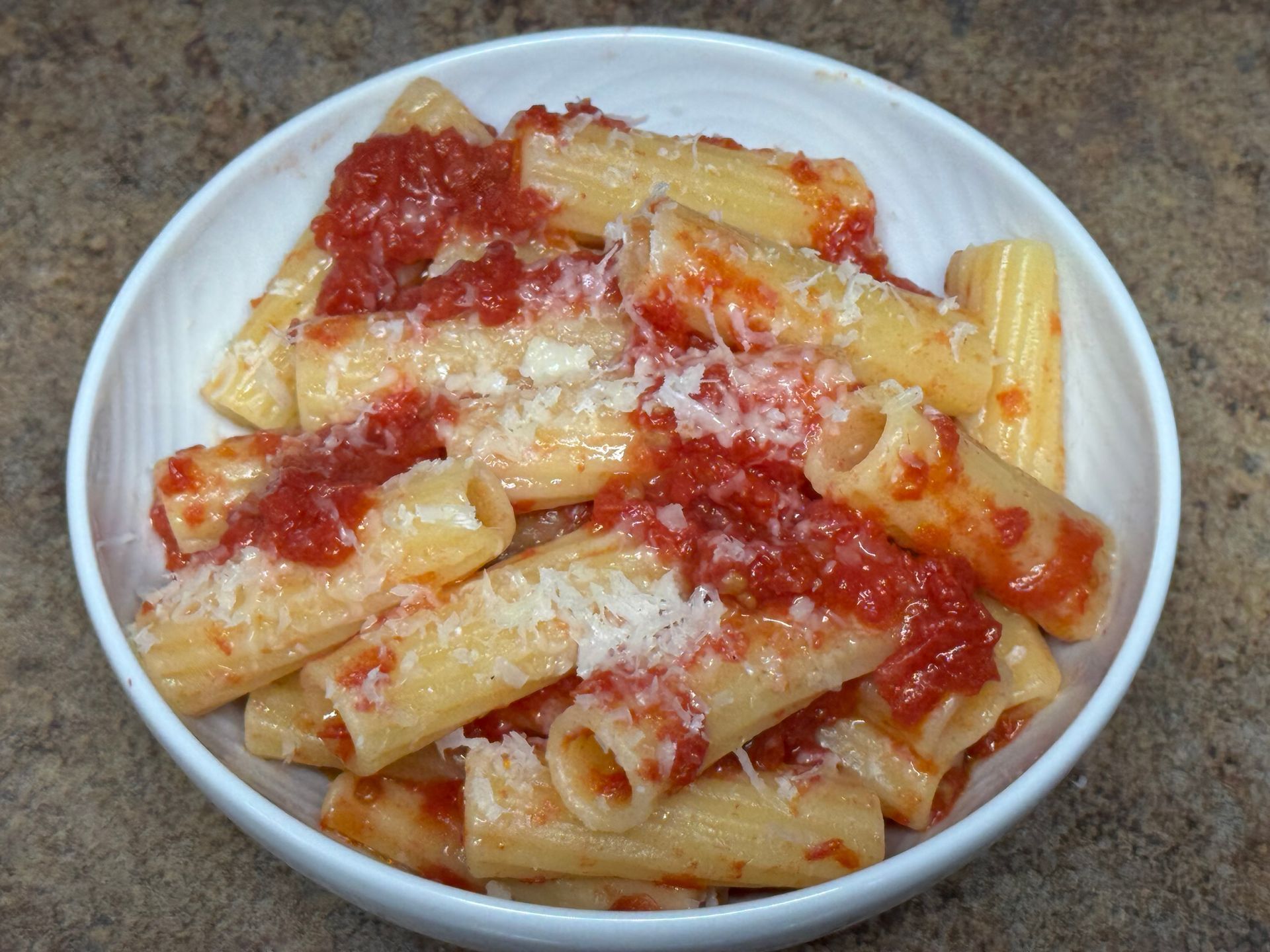
I was amazed to learn of a French Tomato sauce (Sauce Tomat) as a young, CIA students many years ago. It's very different than the Italian sauce my mother made each week for Sunday dinner. I enjoy purchasing cases of inexpensive, local tomatoes in late summer called 'seconds'. These tomatoes are generally ripe, bruised tomatoes which I wash, chop and freeze to invite a taste of summer in my kitchen during the cold, winter months.
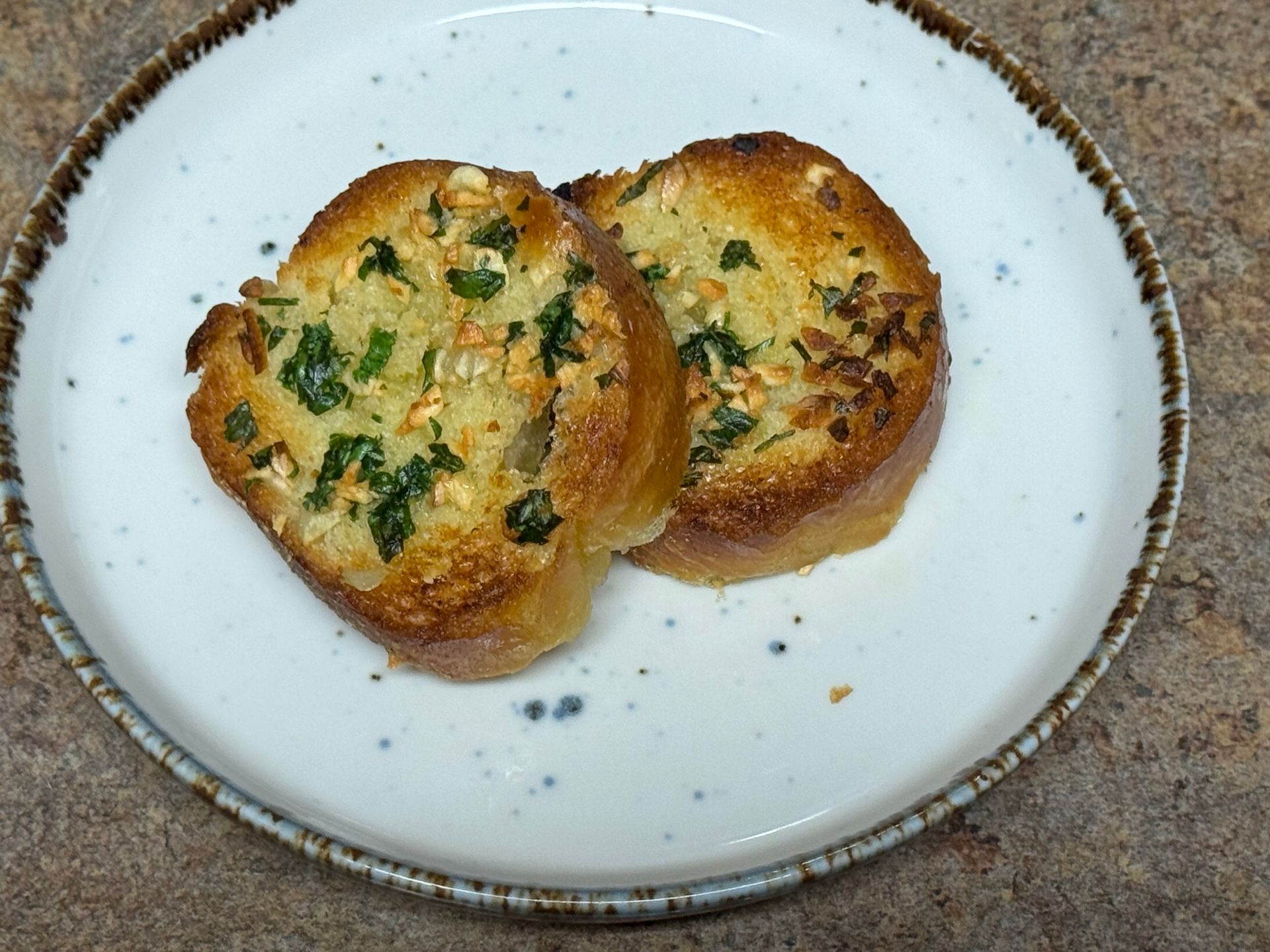
Choosing Garlic: For the best flavor, select firm, heavy heads with tight skins. Hardneck garlic varieties (such as Music or German Red) offer more complexity and a cleaner heat than most supermarket softneck varieties. Preventing Bitterness: Garlic burns quickly. Add minced garlic to warm—not scorching—fat, and cook just until fragrant. Overcooking turns it harsh and metallic. Balancing Butter & Olive Oil: A blend of butter for richness and extra-virgin olive oil for aroma delivers a more nuanced flavor and prevents the butter from over-browning under the broiler. their color and freshness.

There is a large variety of Pears available to cook with. I remember peeling and poaching tiny, Seckel pears for garde manger presentations-challenging! Pears, like apples vary widely in texture, flavor, and culinary performance, making selection an important step in recipe development. Bartlett are juicy and great to eat ripe or for purees and sauces. Bosc are a little more dense and good for cooking. Red and green Anjou are more versatile and can be eaten fresh in salads as well as cooked in baked goods or savory dishes.

Butter, spices, and traditional family recipes bring us together in the simplest—and most meaningful—ways. Christmas cookies are more than nostalgic treats; they’re a celebration of childhood memories, and maybe cookies help to make us all a little more patient, thoughtful & friendly each holiday season. I remember driving with my father to the city each Christmas to pick up Aunt Flora. She would send us out with decorative plates of homemade, Italian Christmas cookies to deliver to the local relatives. It was always snowing-we would spend a few minutes visiting each family, have a few cookies and a glass of sweet wine or coffee. My mother and aunts began bakin cookies the day after Thanksgiving. They filled the freezer with shoeboxes of cookies lined with wax paper for protection... frozen cookies are pretty delicious!

Chefs aspiring to become CIA Instructors are often tested on a variety of egg dishes. Omelettes and poached eggs are a little tricky unless you are using your own pan and have practiced and practiced and practiced! Scrambled eggs are more civilized; Escoffier writes about scrambling eggs with a clove of garlic stuck on the end of a paring knife-I do this sometimes for the amazing flavor... Try flavoring scrambled eggs with shredded cheese, shaved truffles, smoked ham, veggies or herbs, scrambled eggs with buttered toast is the perfect comfort food.
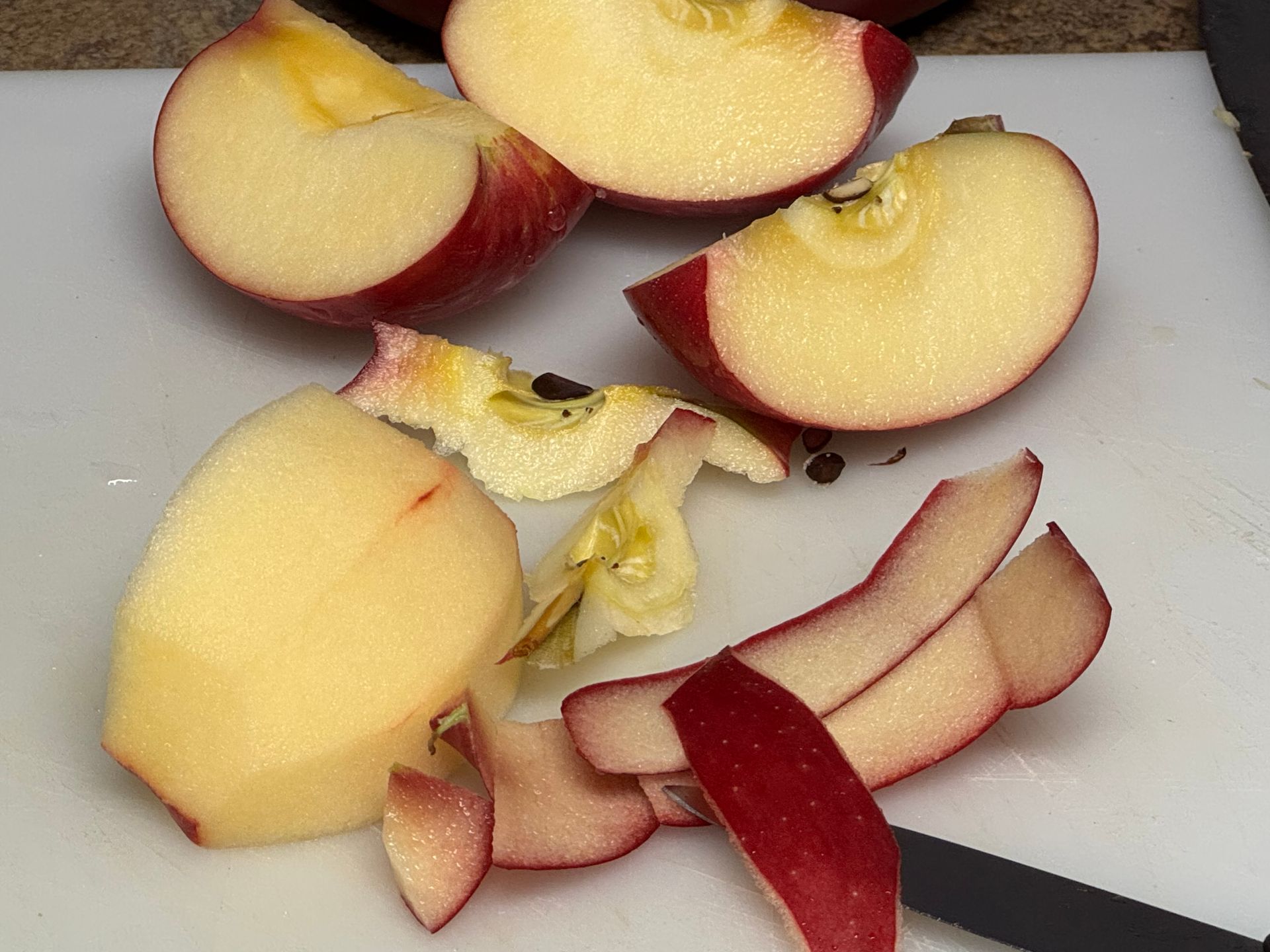
Nowadays there is a large variety of Apples available to cook with. Apples vary widely in texture, flavor, and culinary performance, making selection an important step in recipe development. Firm, tart apples like Granny Smith or Northern Spy hold their structure during baking and bring bright acidity to pies and tarts. Honeycrisp, Pink Lady, and Jazz offer a balance of sweetness and crunch, ideal for salads, slaws, and fresh applications. Softer, aromatic varieties such as McIntosh or Cortland break down more readily, making them perfect for sauces, compotes, and purées.
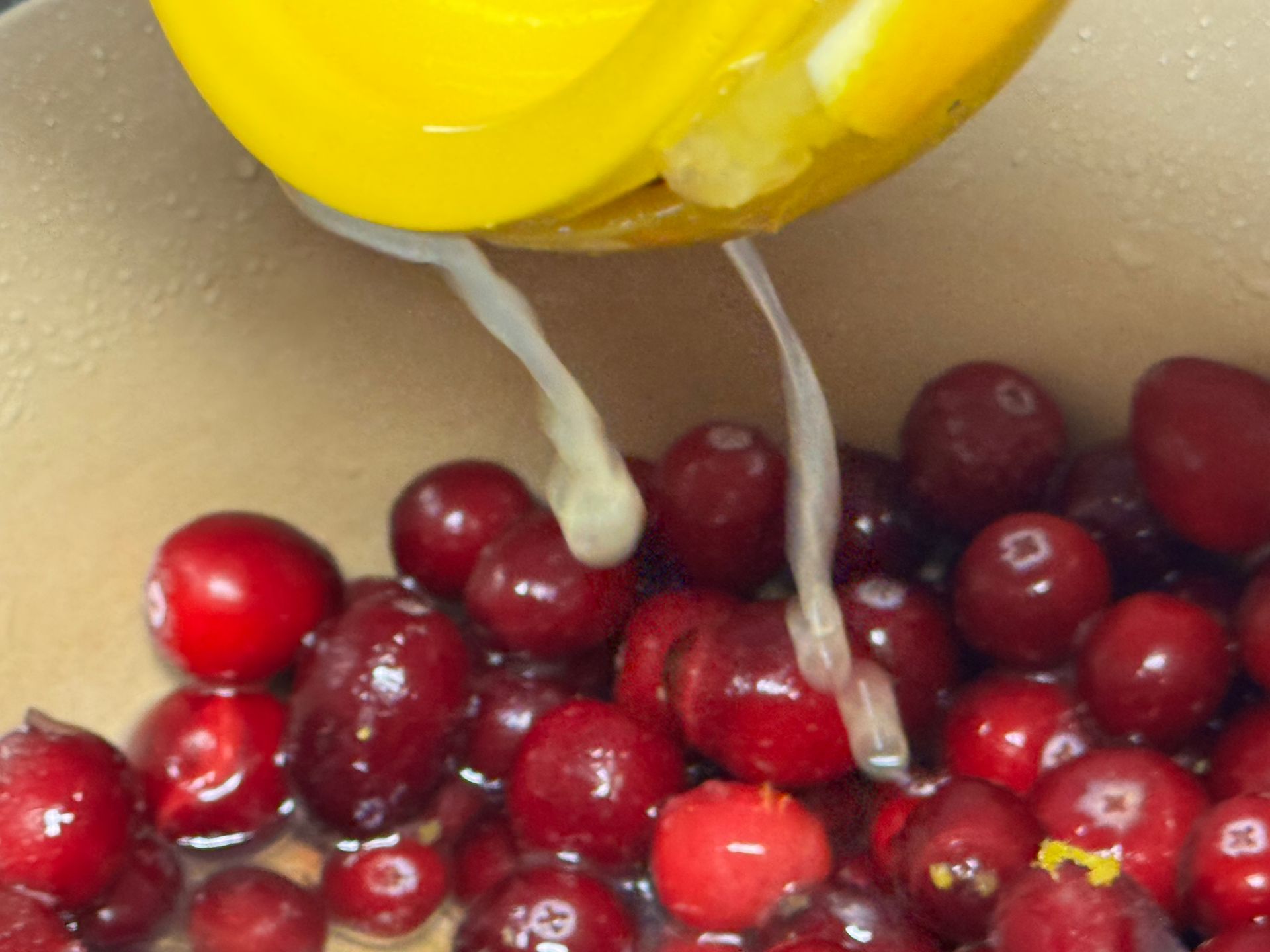
Fresh citrus juice delivers more than bright flavor and acidity—it’s a concentrated source of vitamin C, folate, potassium, and a range of phytonutrients that help support immune function and overall health. Unlike shelf-stable juice, which loses volatile aromatics and some heat-sensitive vitamins during processing, freshly juiced citrus retains its natural enzymes and vibrant flavor compounds.

Microplanes—or any fine rasp-style grater—has become the tool of choice for Chefs to remove the outer, aromatic layer of the peel without dragging in the bitter white pith. With the right technique and a sharp Microplane, zesting becomes a quick, precise way to layer in fresh, volatile citrus oils and bring refinement to any dish. Microplanes are much more efficient than graters or peelers and save time.
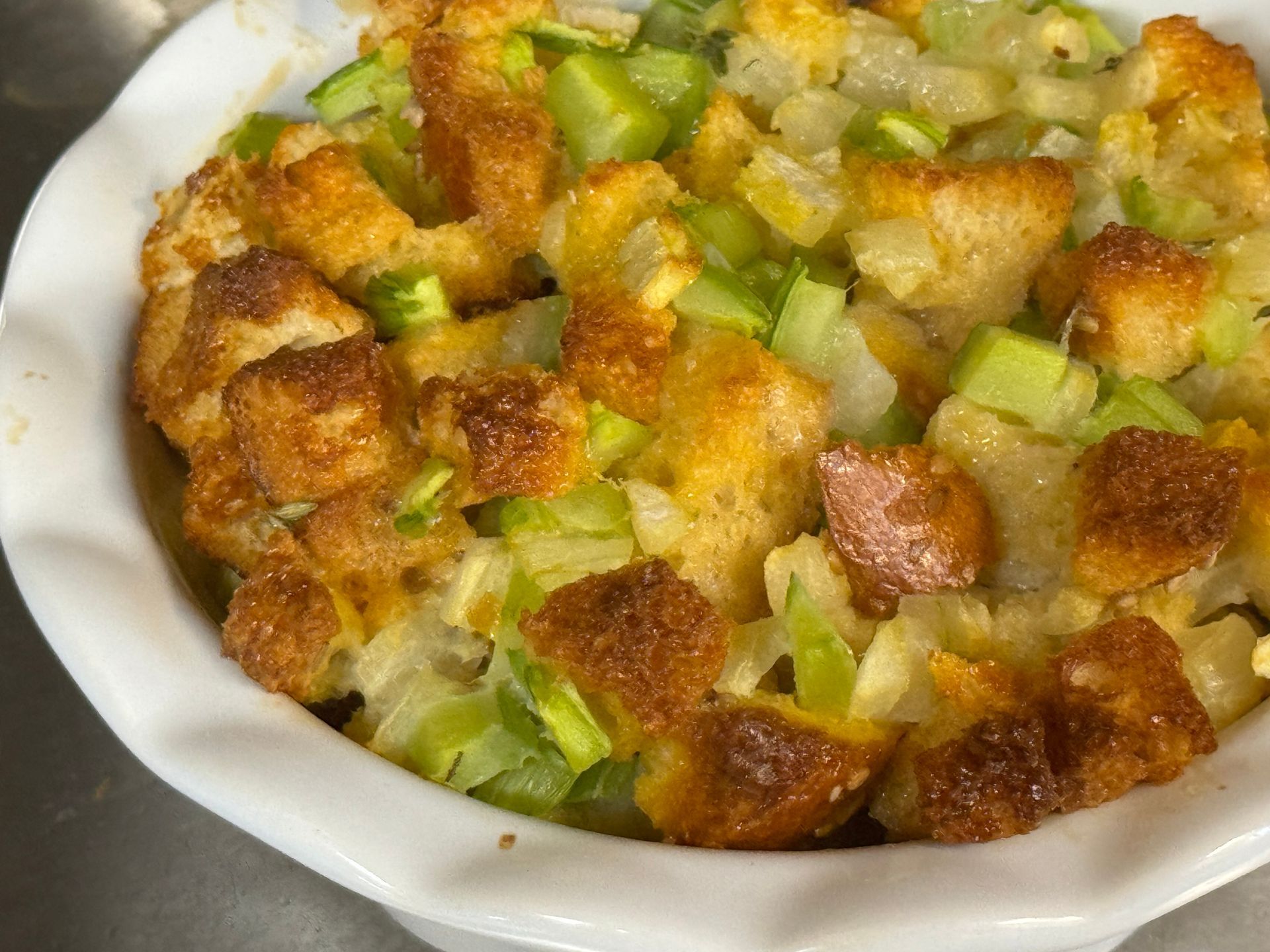
Although I probably enjoy my Thanksgiving gravy even more than the stuffing or the turkey itself— together, they’re the perfect partnership. For added depth, I often fold in diced, sautéed apples, fresh herbs and toasted walnuts or Italian sweet sausage to the homemade croutons. I especially love making corn bread stuffing for the holidays. I remember one year my father requested oyster stuffing (he read about it in the NY Times)... hmmm... we tried it but not a family favorite! I generally prepare more than one style of stuffing... a stuffing sampler!
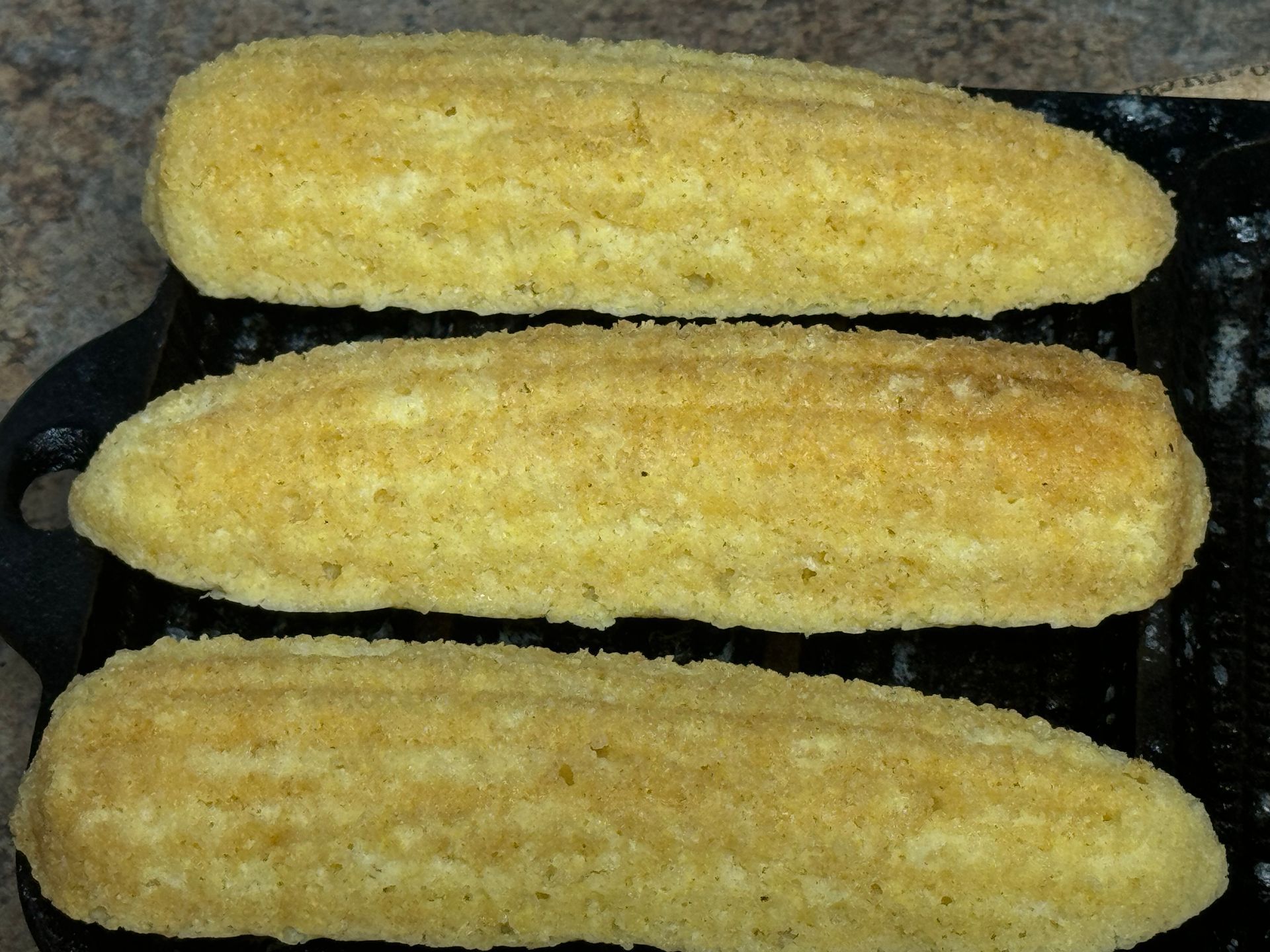
Holiday Corn Bread This slightly sweet cornbread recipe—adapted from one of Chef Paul Prudhomme’s classics—is my go-to for muffins, stuffing, or baked in a cast-iron pan. I first experienced Chef Prudhomme’s extraordinary cooking at a pop-up in New York City and later in New Orleans, and his approach to Southern flavors continues to inspire my holiday menu. The base recipe is wonderfully versatile. In my Garde Manger class at the CIA, I used this recipe for mini muffin 'BLT's' with smoked turkey, bacon, lettuce and tomatoes. Or fold in roasted corn, jalapeño peppers, cheddar cheese, or your favorite seasonal additions for even more flavor and texture. It’s a dependable cornbread that performs beautifully in both savory and sweet applications.
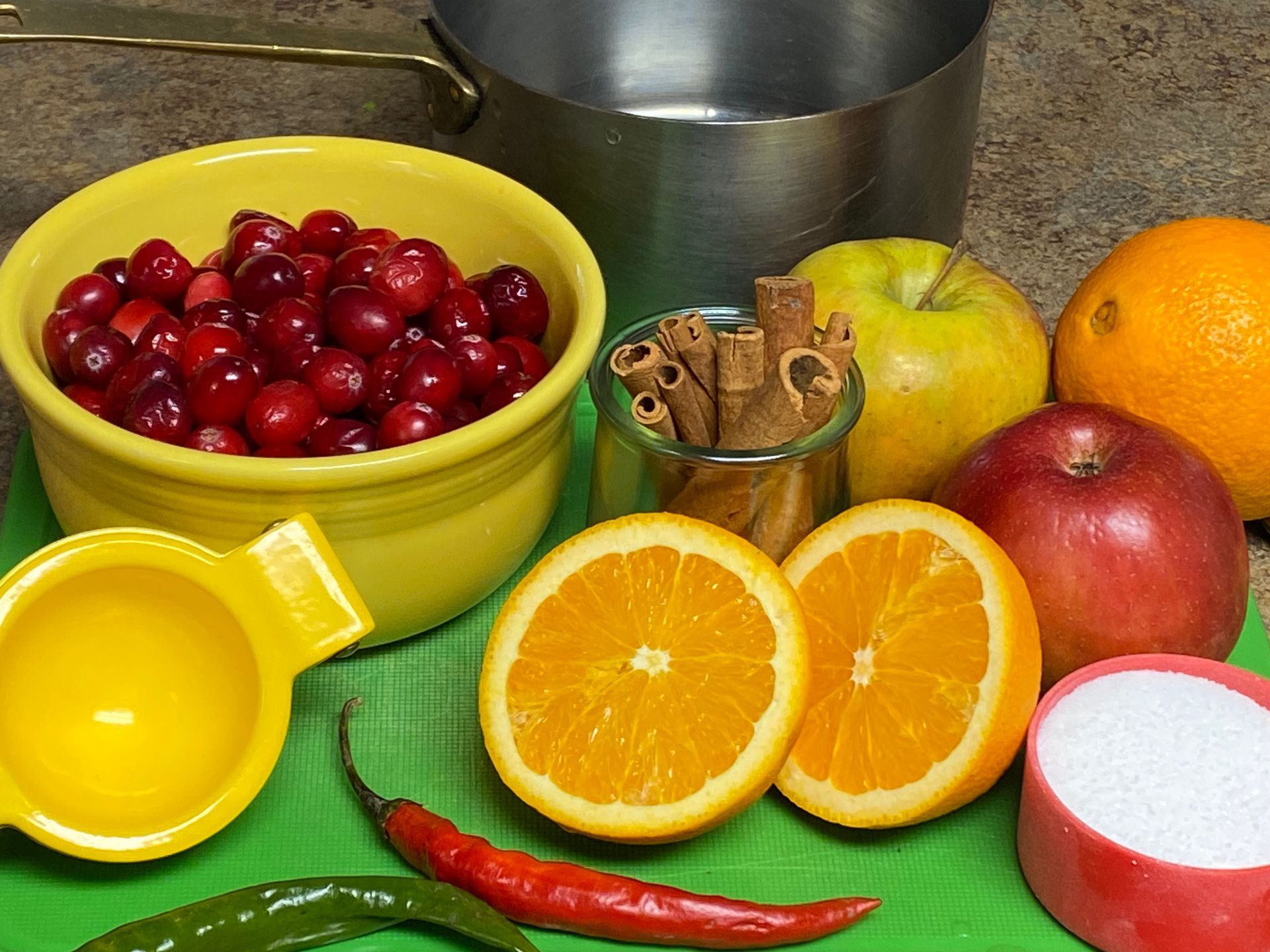
There are countless styles of cranberry sauce to enjoy during the holidays, each with its own family history. Growing up, I remember using a can opener on both ends of a can of jellied cranberry sauce, then gently sliding the jellied, ridged cylinder onto a platter before slicing and shingling it—an iconic presentation in many American households. Today, cranberry condiments take many forms. Some cooks prefer using fresh, uncooked cranberries for a bright, tart relish, while others simmer berries with spices, citrus, or fruits for deeper complexity. There are endless homemade variations, each reflecting regional flavors, family traditions, and a bit of personal creativity.

